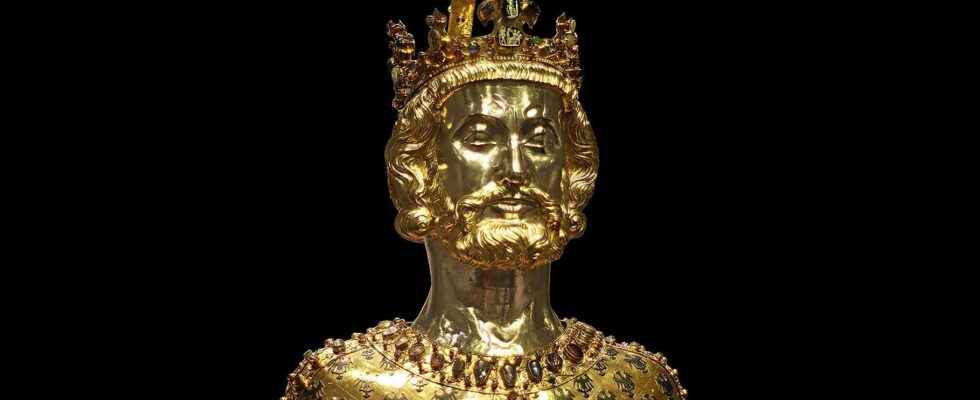After the fall of the Western Roman Empire in 476, Europe was a jigsaw puzzle of territories where Latin and Christian peoples cohabited with Germanic invaders. This is the time of the so-called “barbarian” kingdoms, before Charlemagne.
At the time of the barbarian kingdoms, the Frankish people occupied a territory still called “Gaul”. Larger than present-day France, Gaul is divided into Frankish kingdoms bearing names such as Neustria or Austrasia.
The sovereigns are called “kings of the Franks”, reigning over a people and not over a specific territory. We are the king of the Franks wherever they are, in Gaul or elsewhere, but the word “France” does not yet exist.
Origins: from the Merovingian dynasty to Pepin the Short
The kings of the Franks came from the famous Merovingian dynasty, founded by Clovis (died 511). They are gradually losing their influence over these kingdoms. Instead, “palace mayors”, a sort of senior civil servant, gradually wield real power.
It is this position occupied by the ancestors of Charlemagne, like his grandfather Charles Martel (died in 741), who ensured great prestige by crushing an Arab army at Poitiers (732), or of his father, Pépin le Bref, who poses as the protector of the popes. When the latter dies, the crown of the Franks returns to Charlemagnein 768, with a territory that occupied almost all of Gaul (Charlemagne must first share this territory with his brother, Carloman 1er until the death of the latter in 771).
In this file, we will see that Charlemagne – son of Pepin the Short – reigned alone for forty-three years, that he was a conquering king and that during his reign, in the year 800, Pope Leo III rewarded this defender of the faith and crowned him. Charlemagne thus became Emperor of the West on Christmas Day. It should also be noted that Charlemagne ordered the establishment of schools accessible free of charge to all children, regardless of their social origin.
